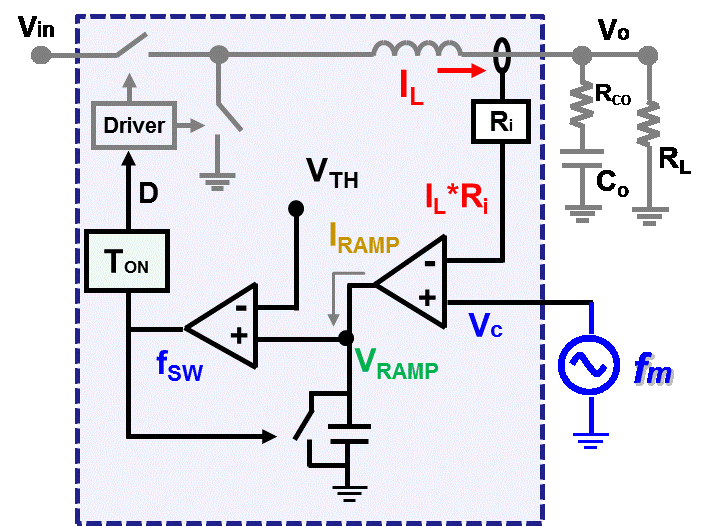
Fig. 1. Considering current feedback as a single entity to model the proposed non-ripple-based IQCOT Control with Vc perturbation.
Constant on-time current-mode (COTCM) control schemes are widely used in VR controllers for their light-load efficiency and higher bandwidth design with simple compensation requirements. The problem with this ripple-based current-mode control is that when the inductor current ripple becomes small because of the ripple cancellation effect for multiphase operation, the control becomes very noise-sensitive and creates jittering at the output. CPES has proposed a new non-ripple-based inverse-charge constant on-time (IQCOT) control which can operate seam-lessly at the ripple cancellation point in multiphase operation. This new control also dramatically improves the transient response of constant on-time control. A high-frequency model for IQCOT control has been derived in this nugget using the describing function. An auto-tuning method for Q-value control is also proposed to maintain a constant Q value.
The control-to-output transfer function can be calculated as:
For low duty cycle (D), the Ton-related double pole will be at a very high frequency and ex-pression:
As the expression of the quality factor of the double pole is a function of duty cycle (D), the Q value will change as the duty cycle changes, which may make the control loop more chal-lenging to design for small-signal stability. To solve this issue, an auto-tuning method is pro-posed to achieve a constant Q value. For example, to keep Q"
2 = 1 for operation with a low duty cycle, the quality factor (Q) expression can be rewritten as:
Therefore, to keep Q"2 =1, the control needs to maintain
Details are presented in the conference paper.



























































































